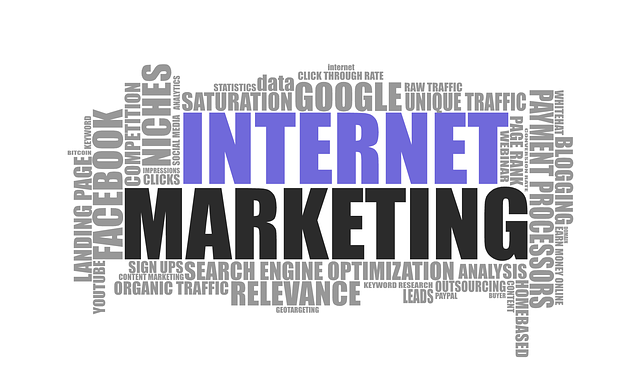AI-powered business intelligence is transforming decision-making by swiftly analyzing vast datasets for accurate insights. Specifically, AI staff performance analytics dashboards enhance organizational productivity through automated data collection and visualization, allowing managers to track key metrics, identify areas for improvement, and design targeted strategies. These dashboards, leveraging advanced algorithms and machine learning, enable real-time tracking, predictive modeling, and data visualization, fostering a culture of continuous improvement and boosting both individual and collective productivity. Effective dashboards balance comprehensive visualization with intuitive design, featuring key features like KPI tracking, interactive filters, and clear graphs for quick trend identification. Regular updates, data security, and collaboration through shared access are best practices to optimize resource allocation and drive strategic decision-making.
In today’s data-driven landscape, AI business data systems are transforming the way organizations make decisions. This article delves into the profound impact of AI-powered business intelligence on strategic choices, highlighting its ability to optimize staff performance. We explore the role of data analytics in identifying trends and bottlenecks, ultimately driving efficiency. Furthermore, we provide a comprehensive guide to creating effective AI staff performance analytics dashboards, outlining key features and best practices for maximizing insights and informed decision-making.
- Understanding AI-Powered Business Intelligence and its Impact on Decision Making
- The Role of Data Analytics in Optimizing Staff Performance: A Deep Dive
- Creating Effective AI Staff Performance Analytics Dashboards: Key Features and Best Practices
Understanding AI-Powered Business Intelligence and its Impact on Decision Making

AI-powered business intelligence is transforming the way organizations make data-driven decisions. By leveraging advanced algorithms and machine learning models, AI systems can analyze vast amounts of data quickly and accurately, providing valuable insights that were previously difficult to obtain. These capabilities enable businesses to gain a competitive edge by identifying trends, predicting outcomes, and optimizing processes in real time.
One of the most significant impacts of AI on decision-making is its ability to enhance staff performance analytics. AI dashboards can automate data collection and visualization, making it easier for managers to track key metrics, identify areas for improvement, and develop targeted strategies. This not only improves operational efficiency but also fosters a culture of continuous learning and development within the organization, ultimately driving better business outcomes.
The Role of Data Analytics in Optimizing Staff Performance: A Deep Dive

In today’s data-driven business landscape, AI staff performance analytics dashboards have emerged as indispensable tools for optimizing organizational efficiency. By leveraging sophisticated algorithms and machine learning techniques, these dashboards process vast volumes of employee-related data to uncover insights that would otherwise remain hidden. From tracking individual productivity metrics to identifying trends in team dynamics, this technology enables managers to make informed decisions that enhance overall workplace performance.
Through the integration of AI, staff performance analytics dashboards not only streamline reporting processes but also facilitate proactive management strategies. By providing real-time data visualization and predictive modeling capabilities, these tools empower leaders to quickly identify areas for improvement, intervene early on underperforming employees, and foster a culture of continuous learning and development. Ultimately, the strategic use of AI staff performance analytics dashboards can drive significant improvements in both individual and collective productivity, ultimately contributing to the success and growth of the organization as a whole.
Creating Effective AI Staff Performance Analytics Dashboards: Key Features and Best Practices

Creating effective AI staff performance analytics dashboards requires a balance between comprehensive data visualization and intuitive design. Key features include real-time tracking of key performance indicators (KPIs), interactive filters for granular analysis, and customizable alerts to highlight deviations from targets. These dashboards should present data in clear, insightful graphs and charts, allowing users to quickly identify trends, bottlenecks, and areas for improvement.
Best practices involve ensuring data accuracy and security, incorporating user feedback for continuous improvement, and promoting collaboration through shared access. Regular updates with the latest performance metrics are essential, along with enabling drill-down capabilities for deeper exploration of data points. By adhering to these principles, organizations can harness the power of AI staff performance analytics dashboards to optimize resource allocation, enhance productivity, and drive strategic decision-making.
AI-driven business intelligence systems, particularly those focusing on AI staff performance analytics dashboards, have transformed decision-making dynamics. By leveraging data insights, these tools empower businesses to optimize resource allocation, enhance employee productivity, and gain a competitive edge. Implementing well-designed AI staff performance analytics dashboards allows organizations to navigate complexities, foster growth, and achieve strategic goals in today’s fast-paced business landscape.
